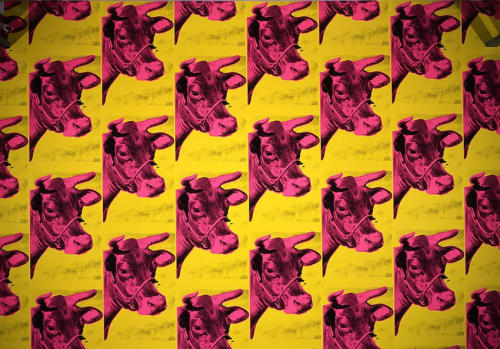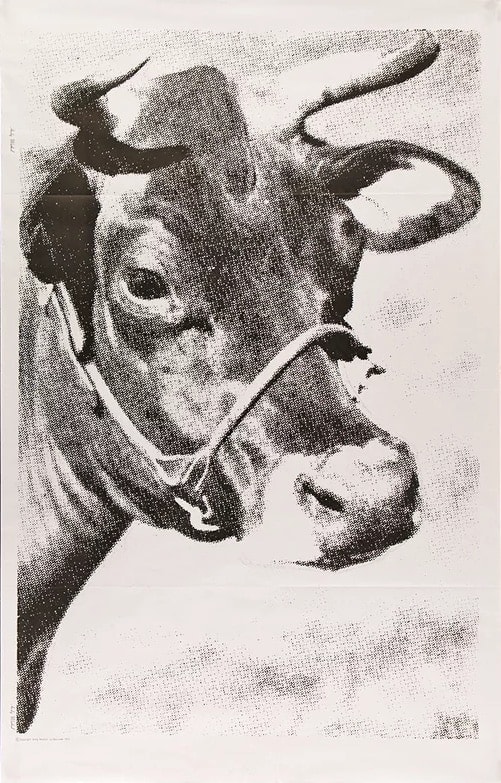Andy Warhol, a central figure in the Pop Art movement of the 20th century, had a unique approach to capturing the essence of American culture and consumerism. Among his iconic works, the Cows series is a vibrant testament to Warhol's ability to transform everyday subjects into captivating art pieces that celebrate and critique the modern world.
The Cows prints, produced between 1966 and 1967, reflect Warhol's playful yet insightful exploration of rural imagery within the context of contemporary commercialization. As part of his experimentation with screen printing and the incorporation of wallpaper into his artistic repertoire, Warhol infused the Cows series with a sense of joyous irreverence reminiscent of ancient traditions of rural art.
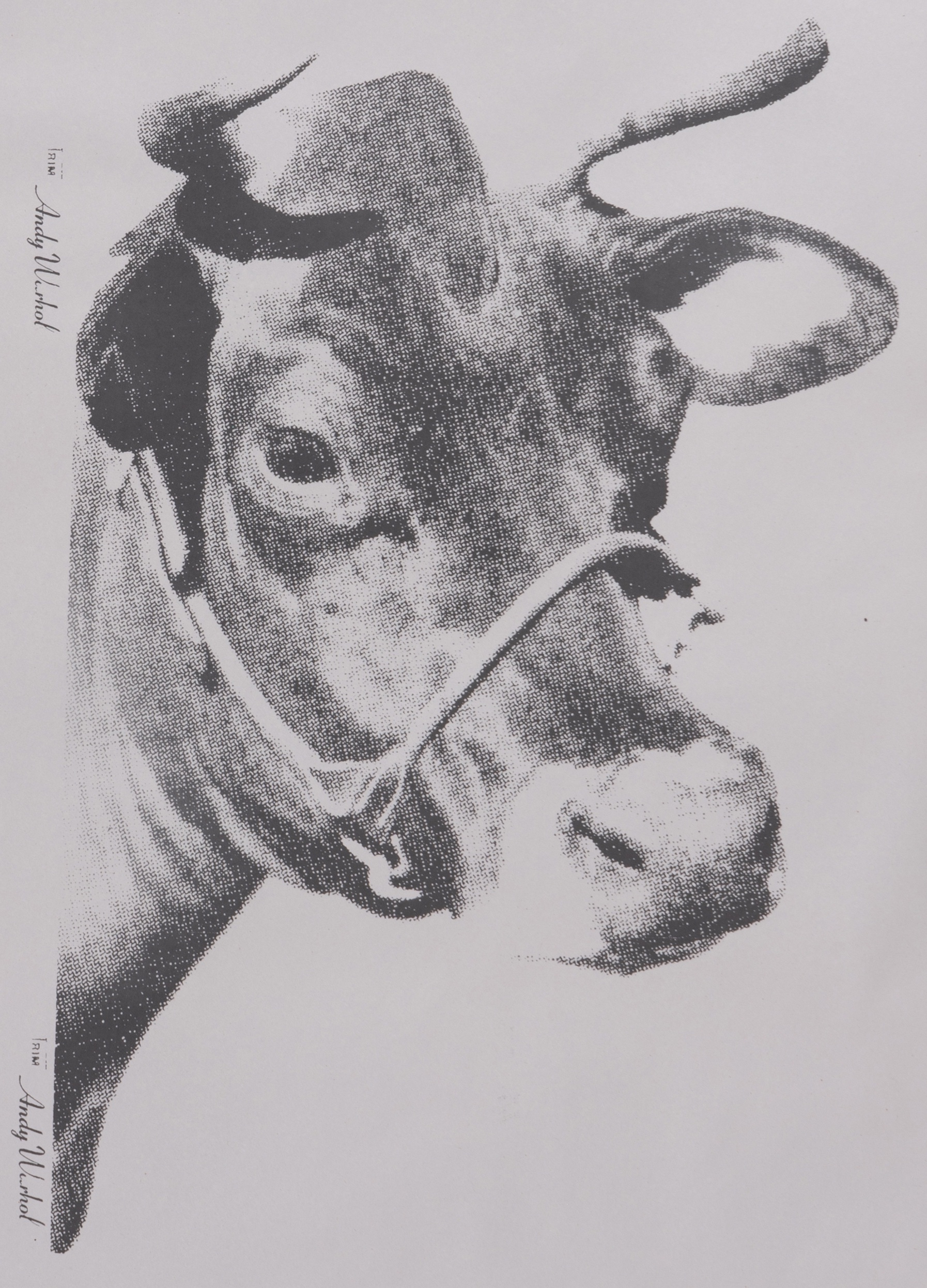
Drawing inspiration from the assembly-line nature of modern commercial production, Warhol's creative process mirrored the mass production techniques prevalent in post-war America. Through his vividly colored images of cows set against dramatic backgrounds, Warhol not only embraced the aesthetic appeal of consumer culture but also offered a commentary on its pervasive influence on society.
Central to Warhol's artistic vision was the use of pop-culture trends. This led him to reimagine the cow-a symbol deeply rooted in Americana-as a Pop Art icon. Raised in a middle-class immigrant family with a Catholic upbringing, Warhol brought together elements of working-class farm life and post-war consumerism to create a visually striking representation of a quintessentially American subject.
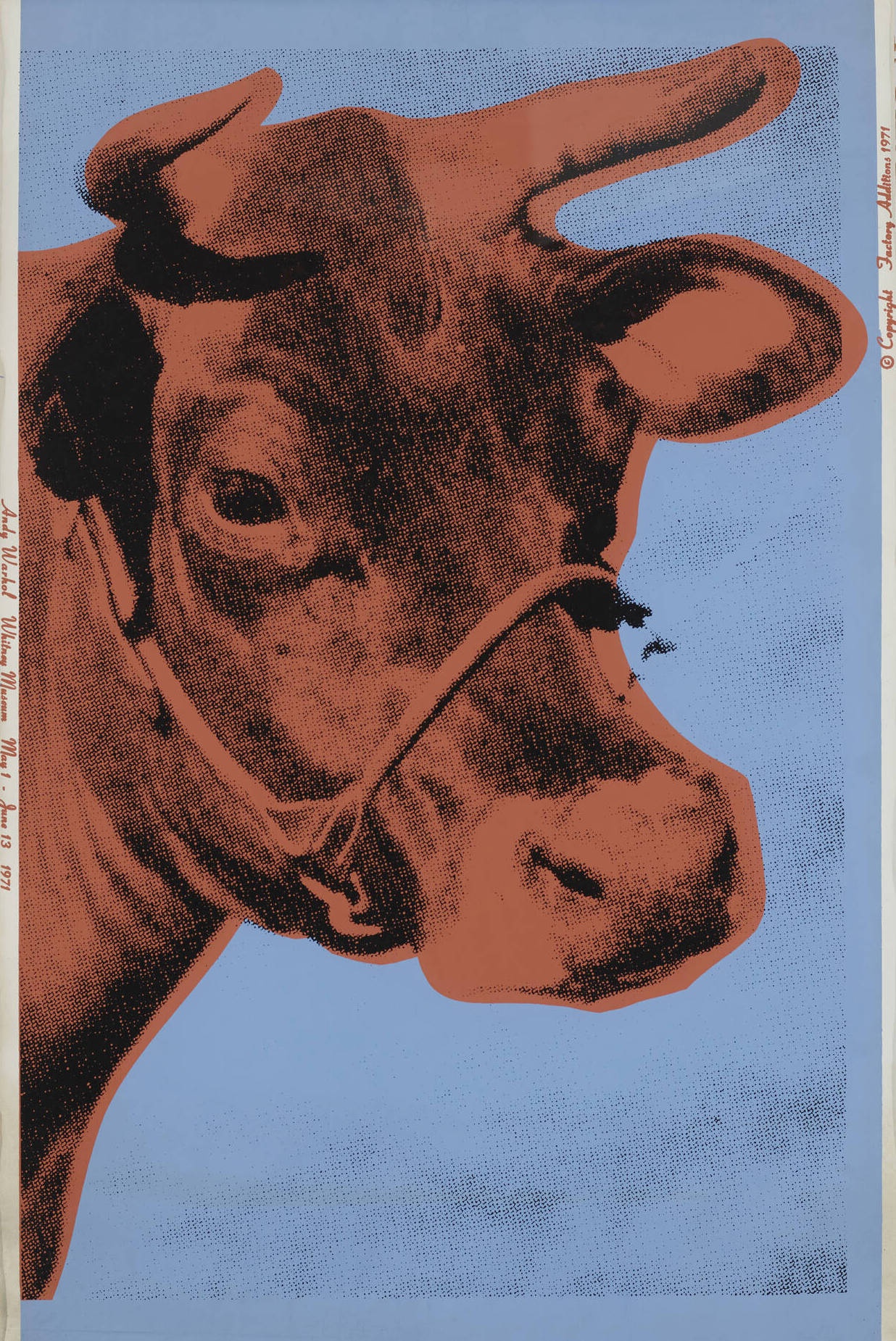
The debut of Warhol's Cow series, particularly Cow 11, marked a significant moment in the artist's career. Presented at the Leo Castelli Gallery in New York in 1966, the exhibition featured walls adorned with wallpaper consisting entirely of Cow 11 portraits. The immersive experience captivated viewers and underscored Warhol's innovative approach to art presentation, prompting gallery owner Leo Castelli to personally oversee the installation to ensure the artist's vision was realized.
Warhol's transition from traditional painting to printmaking represented a deliberate departure from established artistic norms. With the establishment of Factory Additions, his own printmaking company, Warhol embraced a new medium through which to express his creative vision. Guided by curator Henry Geldzahler's suggestion to paint cows-a symbol synonymous with pastoral imagery-Warhol collaborated with printer Gerard Malanga to transform photographs of cows into vibrant screenprints, all of which were printed on wallpaper, lending them a distinctive decorative quality.
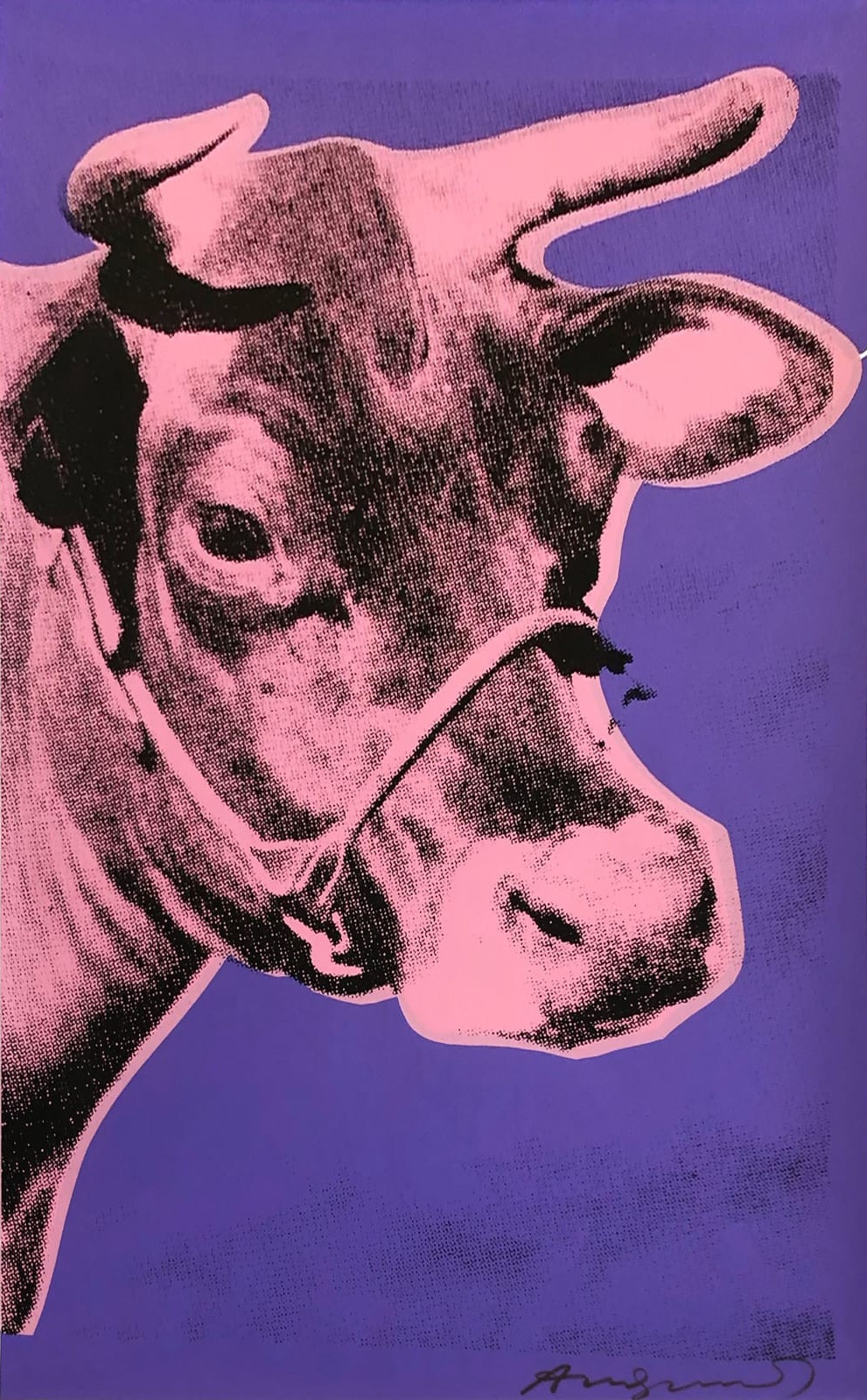
Reflecting on his bold departure from traditional artistic conventions, Warhol commented, "I don't know how 'pastoral' he expected me to make them, but when he saw the huge cow heads 'bright pink on a bright yellow background' that I was going to have made into rolls of wallpaper, he was shocked." This sentiment encapsulates Warhol's penchant for pushing boundaries and challenging perceptions of art, as exemplified by the overwhelming success of his Cow series.
Andy Warhol's Cows prints represent a masterful fusion of art, culture, and commercialization, offering a glimpse into the artist's unique perspective on American society. Through his bold experimentation with color, imagery, and medium, Warhol transformed the humble cow into a symbol of pop-cultural significance, leaving an enduring legacy that continues to captivate audiences worldwide.
April 1, 2024
